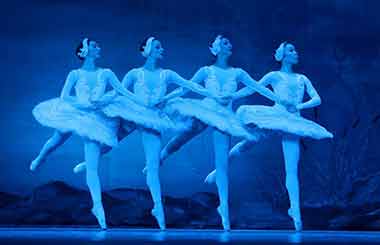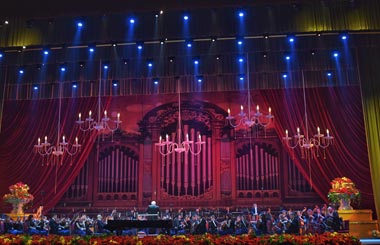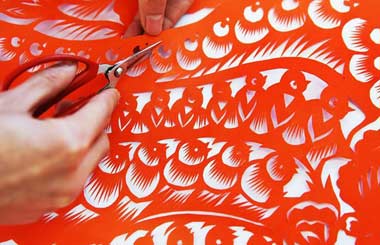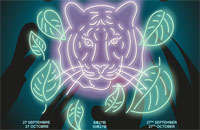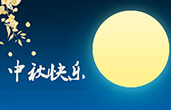Treasured seasons
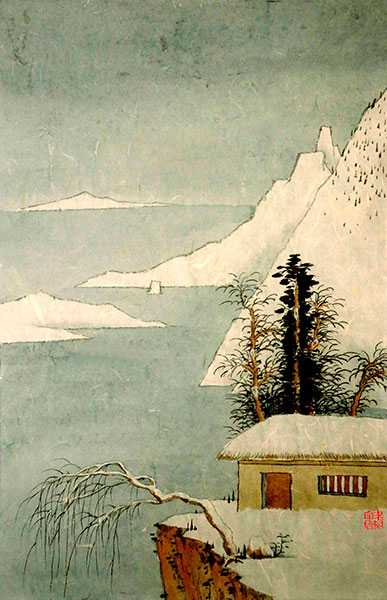 |
|
Heavy Snow (daxue).[Photo provided to China Daily] |
During the Beginning of Spring (lichun) solar term, that normally falls on Feb 3, 4 and 5, people in Suichang county, eastern Zhejiang province, used to set off firecrackers, arrange plum blossoms in pots and hold sacrificial ceremonies to the gods of the land, among other spring celebrations. By doing so, they notified each other of the need to prepare for field plowing.
The ceremonies, known as "banchun quannong (encouraging agrarian activities at the arrival of spring)", came to halt in the chaotic early 20th century. They have been revived by some villages since the 1980s and a folk culture museum was opened in 2009 displaying objects and materials relating to local agricultural development. The traditions were inscribed on the list of State-level intangible cultural heritage in 2011, being preserved as an extended item of the 24 Solar Terms.
Liu says that although more than half of the Chinese population now live in cities, the system is still important today as it encourages a harmonious relationship with nature and sustainable development.
Li Ting, a Beijing-based popular science writer and postdoctoral researcher of atmospheric physics, says these days the solar terms have more cultural than astronomical significance.
"Weather forecasts based on scientific measurements have become so advanced that they can provide a better guide for agriculture," she says.
"However, the solar terms reflect the wisdom of the ancient Chinese and this knowledge has contributed to an understanding of natural life cycles."




